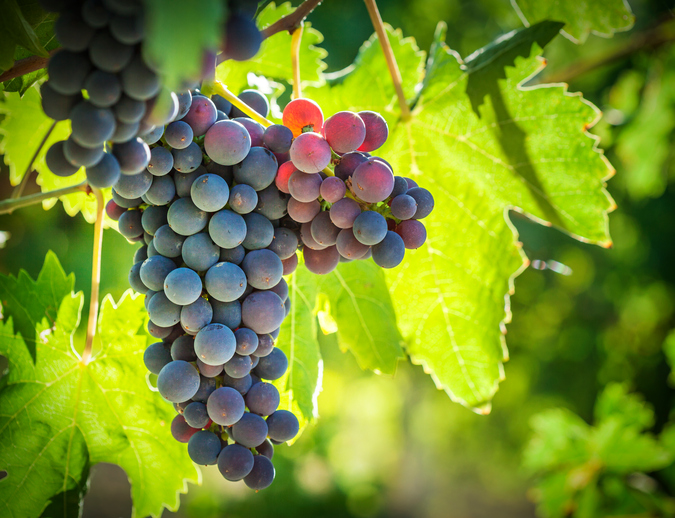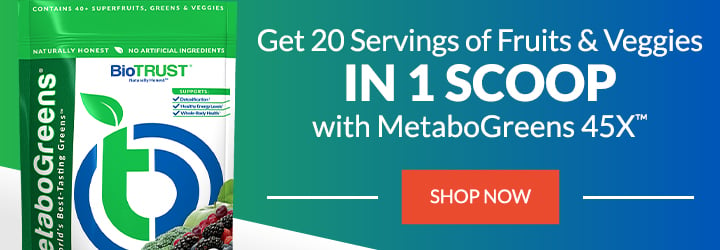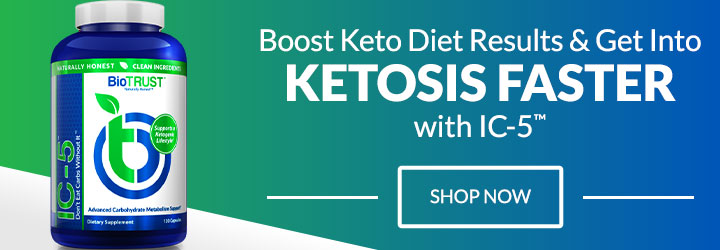Dirty Dozen: These 12 Fruits + Veggies Are Drenched in Pesticides

I’m all about saving money whenever I can. And let’s face it, groceries can be expensive—darn expensive.
So, it’s easy to question whether or not organic produce, which according to Consumer Reports is, on average, 47% more expensive, is really worth it. Even more importantly, most people perceive that buying organic is considerably more expensive, and studies consistently show that price—whether real or perceived—is the major obstacle holding people back from buying organic foods.
Simply put, it can be pretty tempting to skip the organic section altogether, especially if you’re trying to save some cash. After all, cauliflower is cauliflower, right? Yet the old saying is often true: You get what you pay for.
Why Eat Organic?
There are several reasons to go organic. As Coach Josh recently explained:
“In other words, you get a lot more of the good stuff and less of the potentially harmful stuff—pretty much a great trade-off any way you look at it.”
In addition, many people tend to purchase organic because they’re concerned about sustainability and to support environmentally-friendly farming practices. In terms of limiting your exposure to potentially harmful chemicals, it turns out that there are times when organic produce is even more important than others.

The Dirty Dozen
Since 1993, the Environmental Working Group, or “EWG” for short, has fought for consumers’ rights to live healthier lives in a healthy environment. Recognizing the continued use of large amounts of toxic pesticides in conventional farming, in 2004, the EWG started providing the Shopper’s Guide to Pesticides in Produce™, which ranks the 48 most popular conventional fruits and veggies, according to pesticide contamination.
The EWG refers to the most pesticide-laden produce as the Dirty Dozen, which would be best purchased organic. This is a fantastic resource for those of us who are looking to maximize the health benefits of a diet rich in fruits and vegetables while limiting our exposure to toxic pesticides—and stick to our budget to boot!
Here’s the Dirty Dozen list for 2017:
2) Spinach
3) Nectarines
4) Apples
5) Peaches
6) Pears
7) Cherries
8) Grapes
9) Celery
10) Tomatoes
11) Sweet bell peppers
12) Potatoes
So, if you want to limit your exposure to pesticides (who doesn’t?!), then keep this list on your phone or in your wallet.

The Clean Fifteen
On the other end of the spectrum, the EWG also publishes the Clean Fifteen™, which is a list of the conventional produce with few, if any, pesticide residues detected.
Here’s the Clean Fifteen List:
2) Avocados
3) Pineapples
4) Cabbage
5) Onions
6) Sweet peas (frozen)
7) Papayas
8) Asparagus
9) Mangos
10) Eggplant
11) Honeydew melon
12) Kiwi
13) Cantaloupe
14) Cauliflower
15) Grapefruit
Who else is thrilled to see both avocados and cauliflower on the Clean Fifteen?
While it still may be better to eat organic when you can, it may not be financially feasible all the time. That average of 47% has a big impact! Use these extremely helpful lists to limit your exposure to toxic pesticides (like those in the Dirty Dozen)—and prevent your wallet from getting a hole in it. At the end of the day, maybe cauliflower is cauliflower—or at least pretty close.






